Best of Dutch Design: Dutch Design Awards 2022 winners show design’s social impact
The eight winners of the Dutch Design Awards 2022 include Studio Makkink & Bey and MVRDV
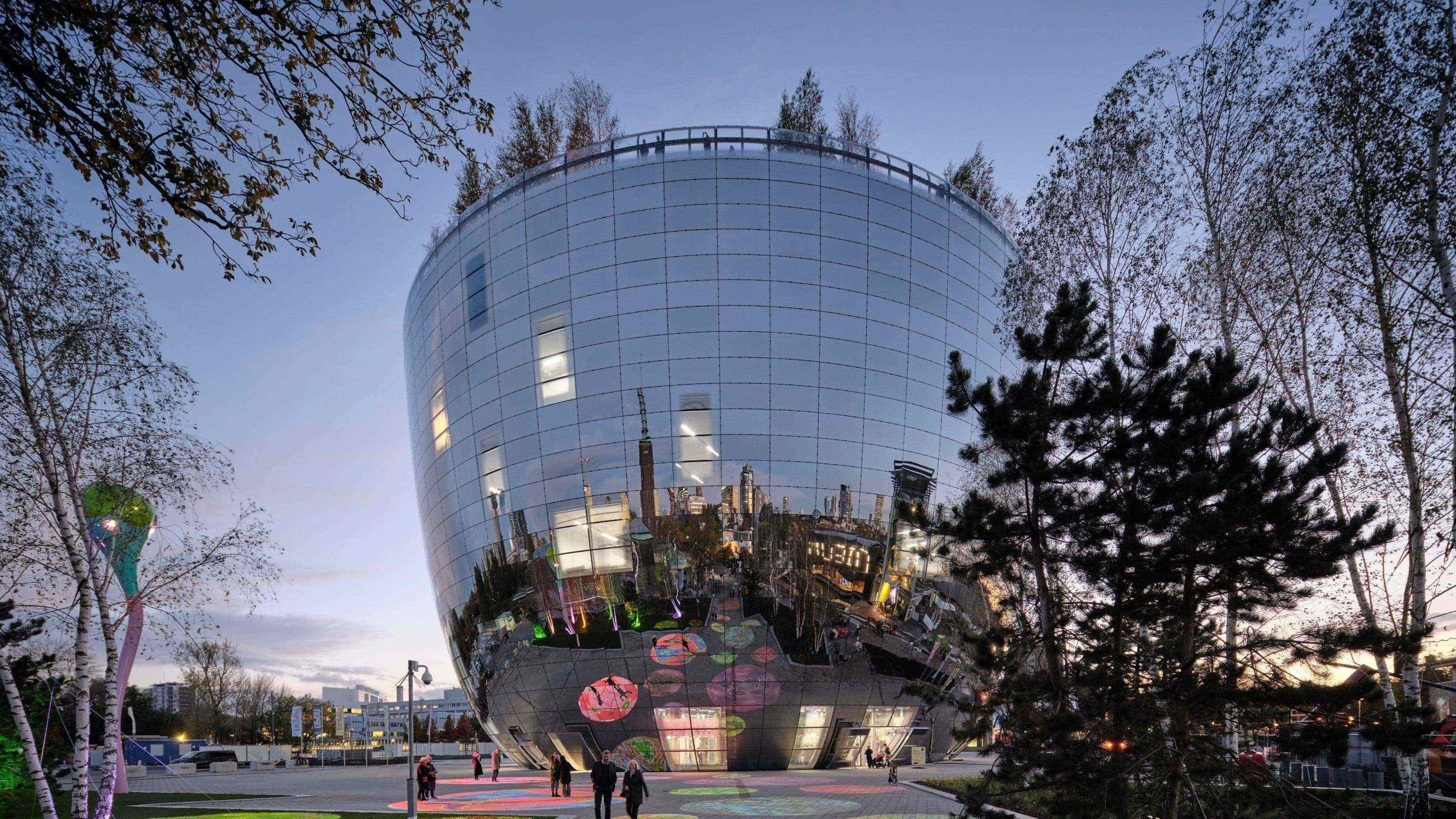
How does design respond to social challenges? This question guided the jury for the Dutch Design Awards 2022, announced in Eindhoven during Dutch Design Week (until 30 October 2022). ‘It is not an easy time to be a designer,’ the judges wrote in a statement. ‘But this does not stand in the way of taking responsibility for design as a discipline and probably even increases the need for collaboration: designers and their clients are clearly focusing on social impact and designing layered experiences to achieve their goals.’
Dutch Design Awards 2022 winners

‘Rex’ chair by Studio Ineke Hans
As usual, the Dutch Design Awards are split into eight categories, covering creative disciplines that include product design, fashion and graphics.
The winner of the product design category is Studio Ineke Hans with the Dutch designer’s ‘Rex’ chair, a 2011 design reissued a year ago in collaboration with circular design brand Circuform. ‘“Rex” does away with furniture as disposable items,’ reads a note from the jury. ‘With great dedication and decisiveness, Ineke Hans and Circuform have created an ecosystem that gives value to exchangeable furniture.’
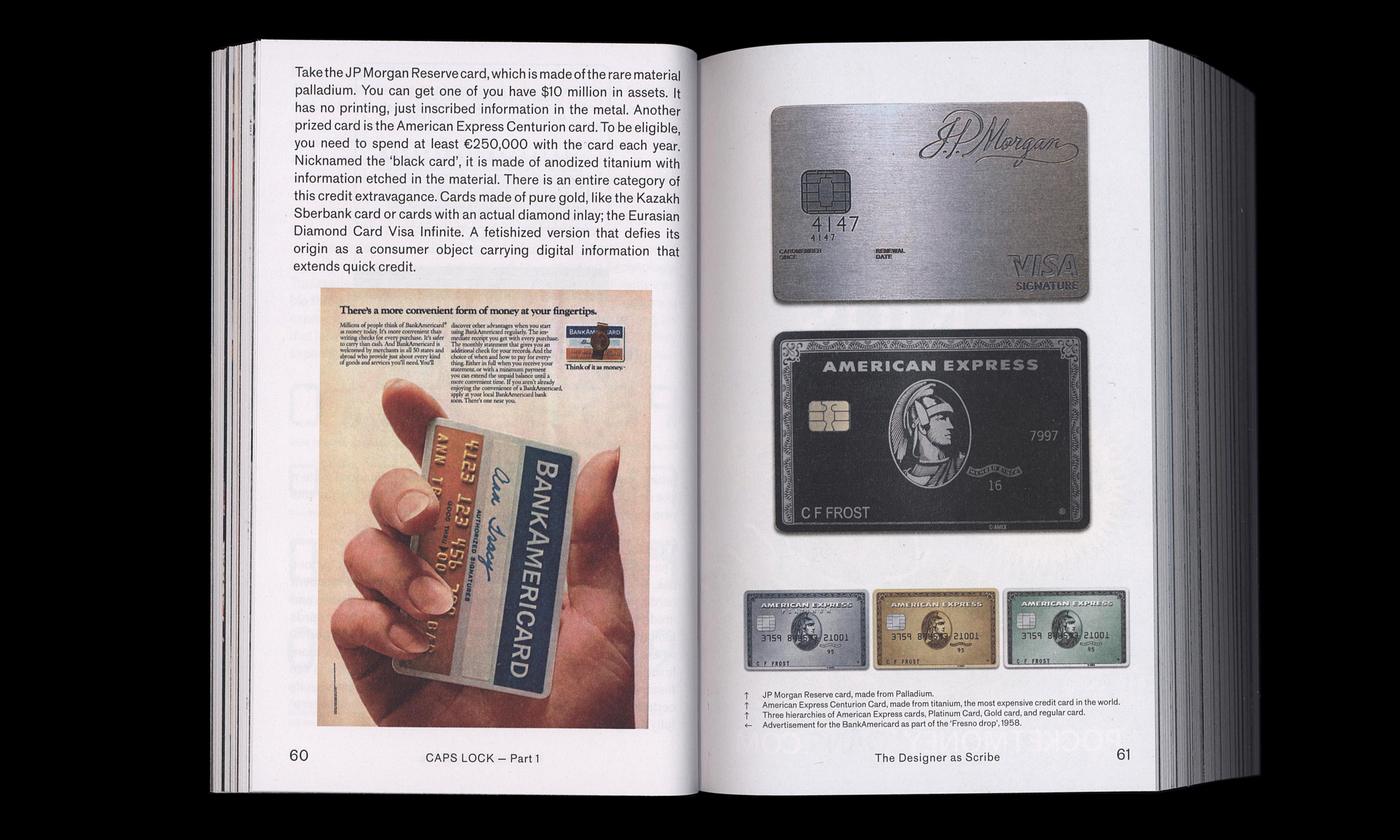
Caps Lock, published by Valiz
Publisher Valiz was awarded in the Communication category for Ruben Pater’s Caps Lock, a book expressing the link between capitalism and graphic design through case studies that include credit card design and advertising. ‘With Caps Lock, Ruben Pater has succeeded in making an unmistakable statement about the communication profession on a global scale,’ says the jury.
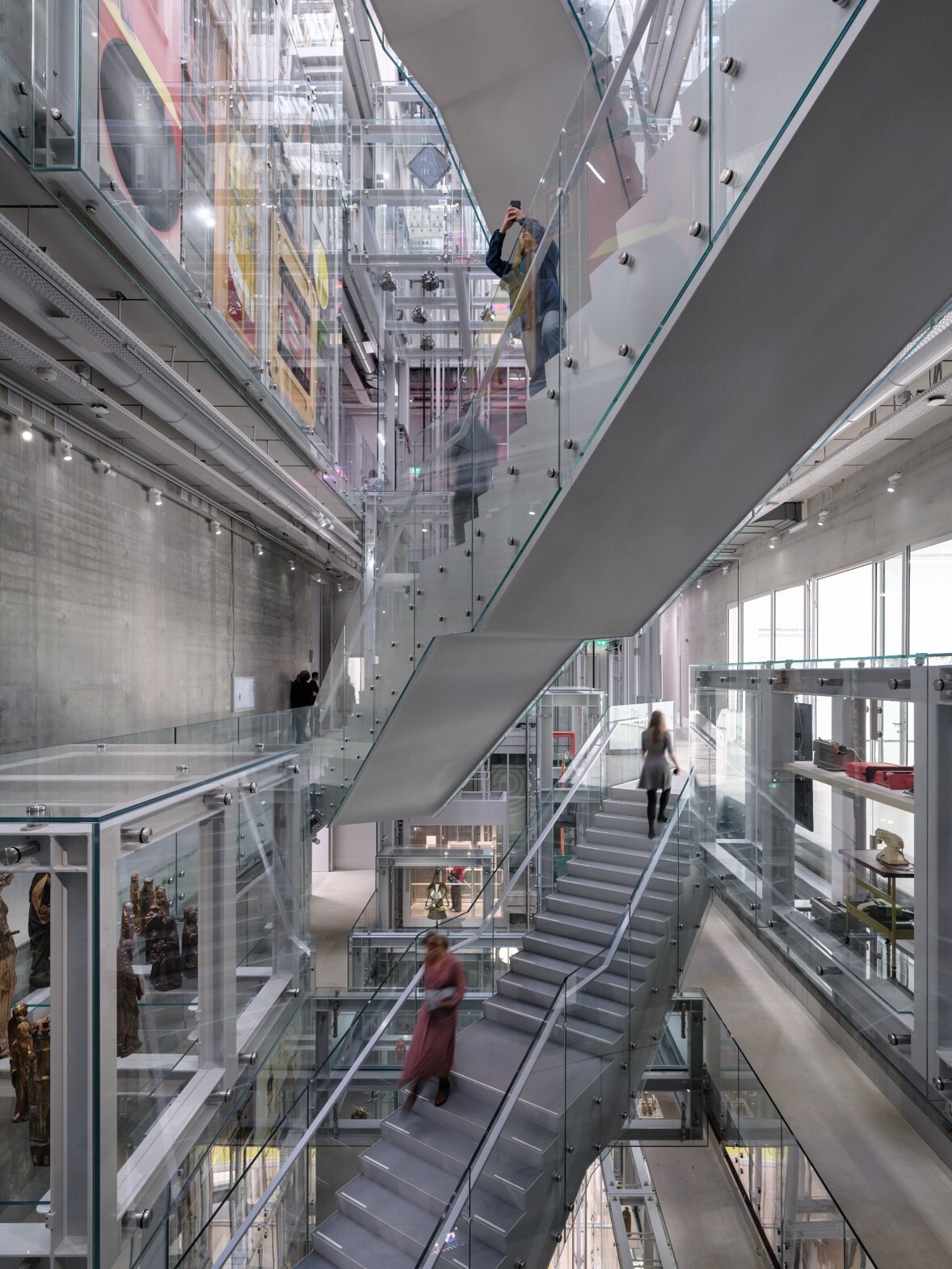
Depot Boijmans Van Beuningen in Rotterdam, by MVRDV
Part of Rotterdam’s Museumpark, Depot Boijmans Van Beuningen is an art depot designed by MVRDV, which won the Dutch Design Awards Habitat prize. ‘With Depot Boijmans Van Beuningen, MVRDV has designed an iconic building and a new typology for what a museum depot can be.’
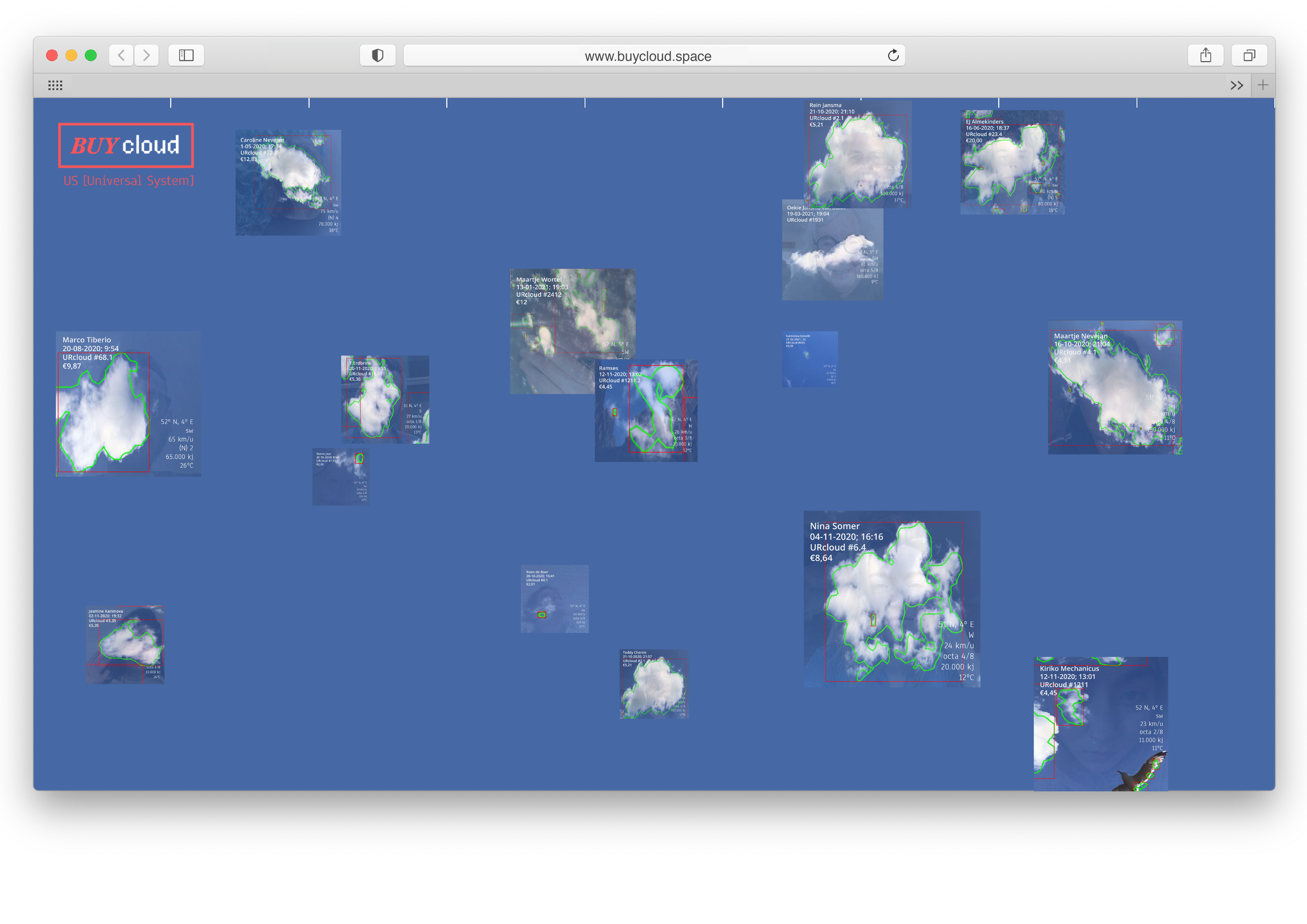
Buycloud by Noa Jansma
For the Data & Interaction award, the jury chose Studio Noa Jansma’s Buycloud, ‘a virtual speculation market and online land registry’, for clouds. Offering clouds for sale, Jansma’s project draws connections between past, present and future, commenting on colonialism, climate change and extra-terrestrial occupation. Says the jury: ‘Buycloud is light-footed and at the same time razor sharp: with one seemingly simple metaphor, Noa Jansma manages to touch upon a whole spectrum of themes, all of which are urgent.’
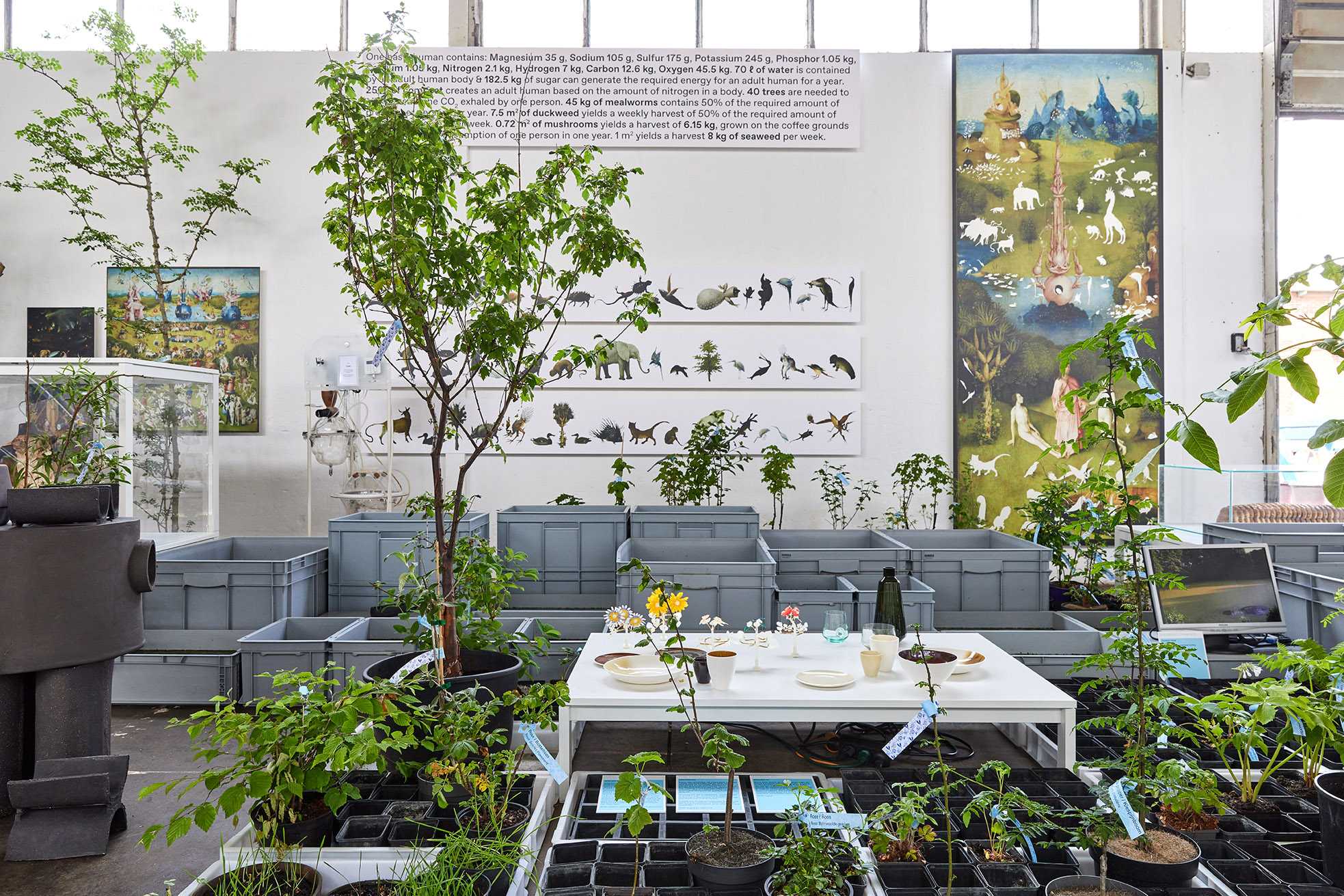
An installation representing Studio Makkink & Bey’s Waterschool M4H+ project
Originally commissioned by the International Architecture Biennale Rotterdam, Studio Makkink & Bey’s Waterschool M4H+ is a project exploring the interaction between all organisms, communities and their environment. In collaboration with 40 designers, the studio researched what an optimal ecological habitat would be for the 6,300 future inhabitants of Rotterdam’s Merwe-Vierhavens (M4H+), an old port site of approximately 100 hectares. A catalyst for sustainable development, Waterschool looks at insects, duckweed, seaweed, wood and fungi as the five resources that will shape the future of living and working in M4H+. ‘Waterschool M4H+ stands head and shoulders above the rest,’ says the jury. ‘Studio Makkink & Bey gives a textbook example of how design research can play an educational role.’
Wallpaper* Newsletter
Receive our daily digest of inspiration, escapism and design stories from around the world direct to your inbox.
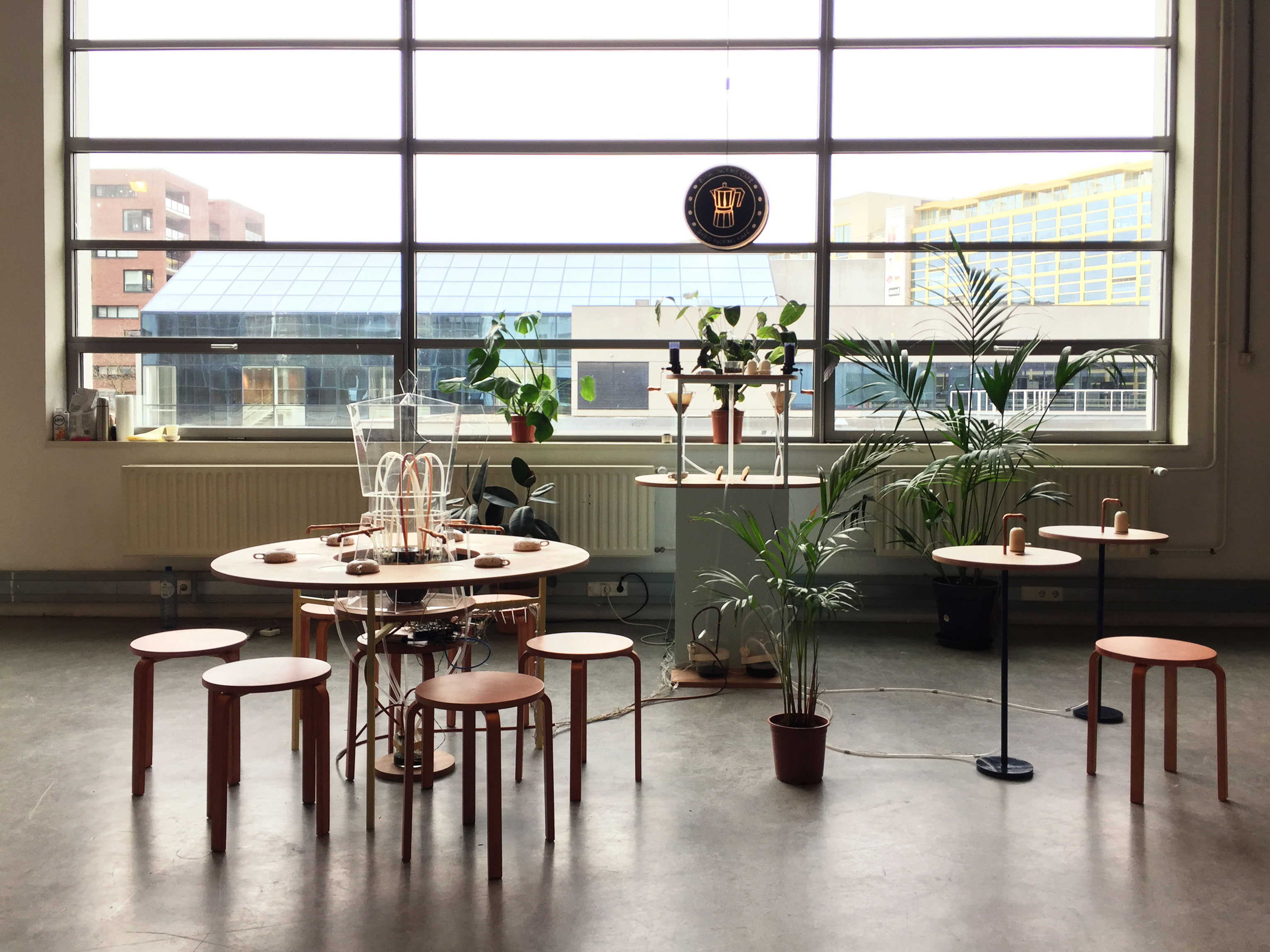
Café set up by Cream on Chrome
Young Designer award winners are Design Academy Eindhoven graduates Martina Huynh and Jonas Althaus, who work together as Cream on Chrome specialising in design research and interactive installations. Among their projects are the Basic Income Café (2018), which exemplified the concept of basic income through an installation that used coffee to represent the flow of money, and 4D News (2019), an exploration of news formats. ‘For each design, Martina Huynh and Jonas Althaus develop an approach that makes complex ideas and concepts understandable,’ was the jury’s comment. ‘We will be seeing Cream on Chrome for years to come.’
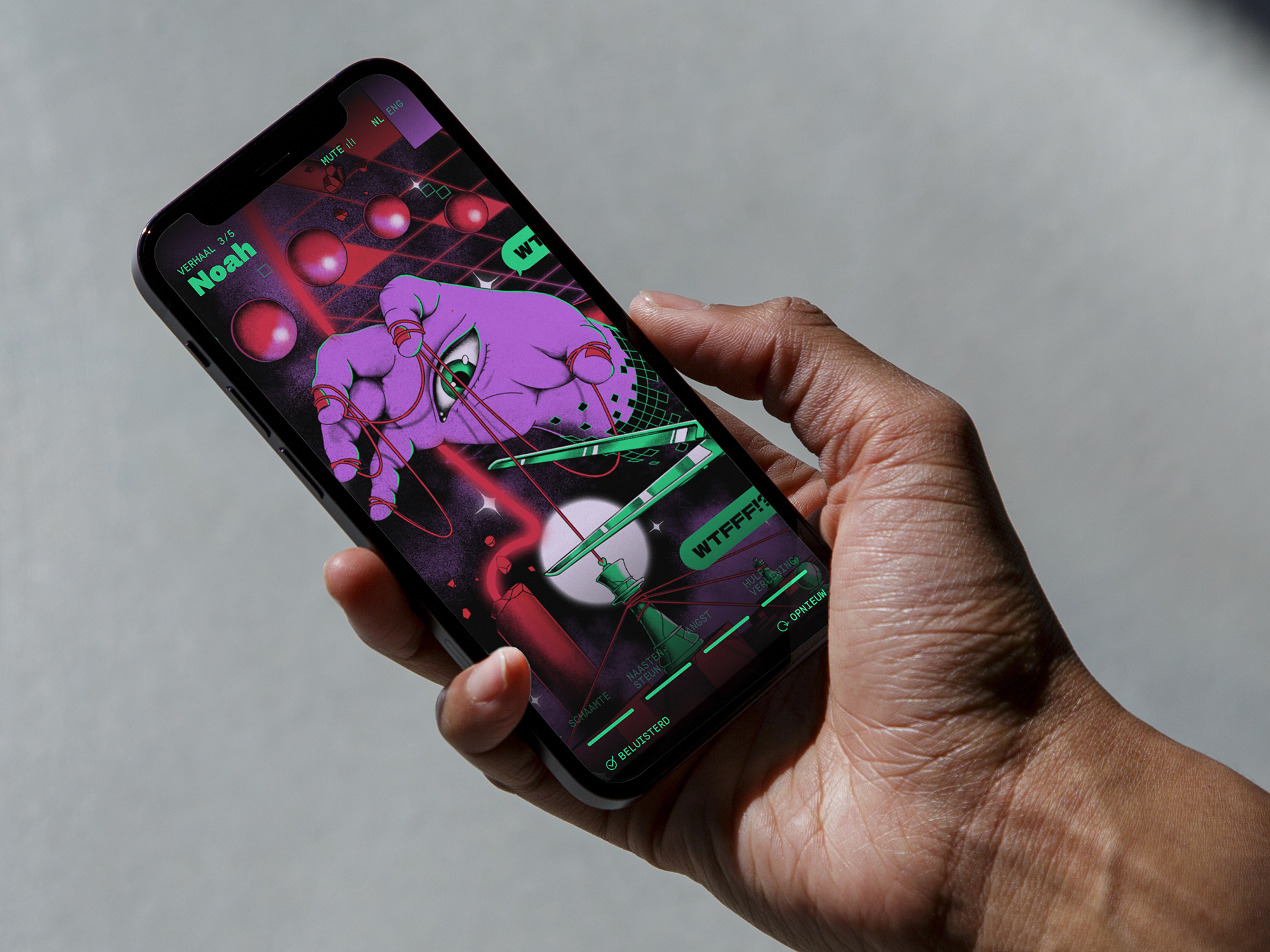
WTFFF?! app by Morrow
The Best Commissioning prize was awarded to creative club Morrow, whose interactive platform WTFFF!? gathers stories from victims of online sexual abuse. ‘[It’s] incredibly clever how Fonds Slachtofferhulp [an organisation that helps victims] and Morrow’s WTFFF!? opens up a loaded theme within a context and visual language that hit the mark,’ was the jury’s comment.
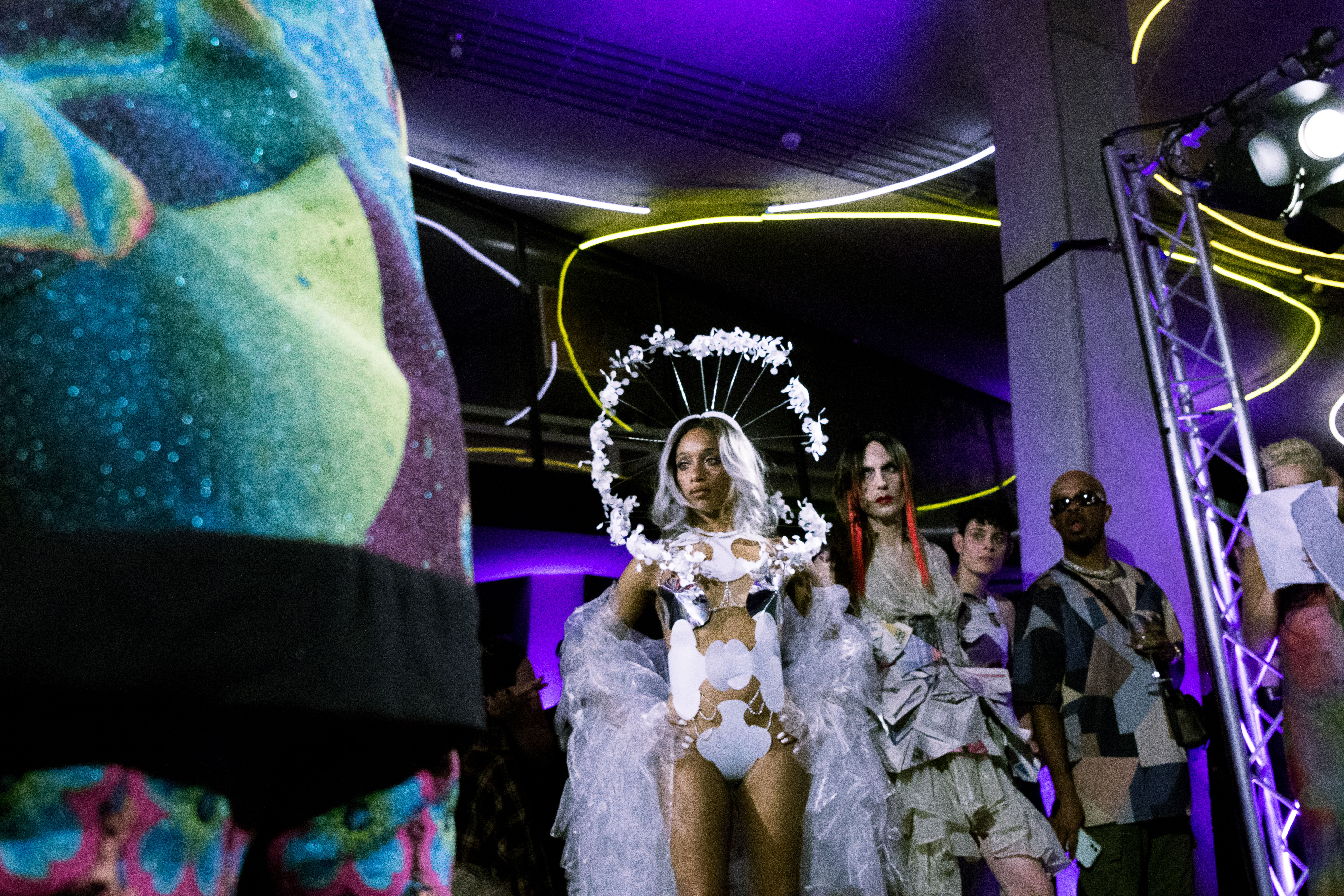
Yamuna Forzani’s Utopia Ball
Fashion category winner Yamuna Forzani is a fashion designer and art director, and among her projects is the Utopia Ball x Fashion Show: a traditional ballroom competition and fashion show aimed at transgender, non-binary and queer people of colour. The initiative has grown into an alternative creative platform for young designers. ‘Yamuna Forzani’s Utopia Ball celebrates the freedom of a super gender fluid collection; a guiding example of what fashion can and should be now.’
Rosa Bertoli was born in Udine, Italy, and now lives in London. Since 2014, she has been the Design Editor of Wallpaper*, where she oversees design content for the print and online editions, as well as special editorial projects. Through her role at Wallpaper*, she has written extensively about all areas of design. Rosa has been speaker and moderator for various design talks and conferences including London Craft Week, Maison & Objet, The Italian Cultural Institute (London), Clippings, Zaha Hadid Design, Kartell and Frieze Art Fair. Rosa has been on judging panels for the Chart Architecture Award, the Dutch Design Awards and the DesignGuild Marks. She has written for numerous English and Italian language publications, and worked as a content and communication consultant for fashion and design brands.
-
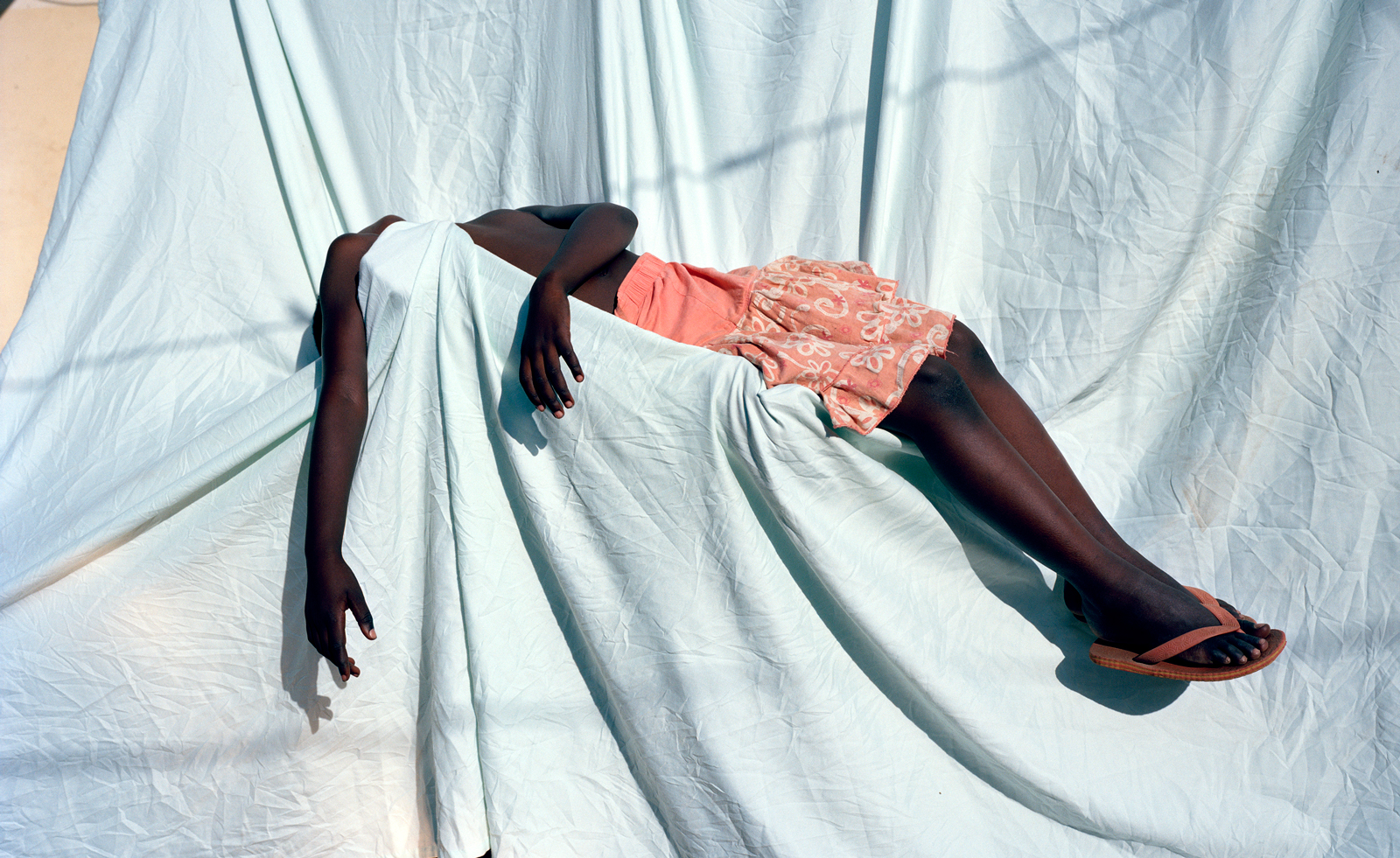 Viviane Sassen considers fine art, fashion photography and fragility in Italy
Viviane Sassen considers fine art, fashion photography and fragility in ItalyViviane Sassen’s exhibition, 'This Body Made of Stardus' at Collezione Maramotti, spans two decades off Sassen's career
By Hili Perlson
-
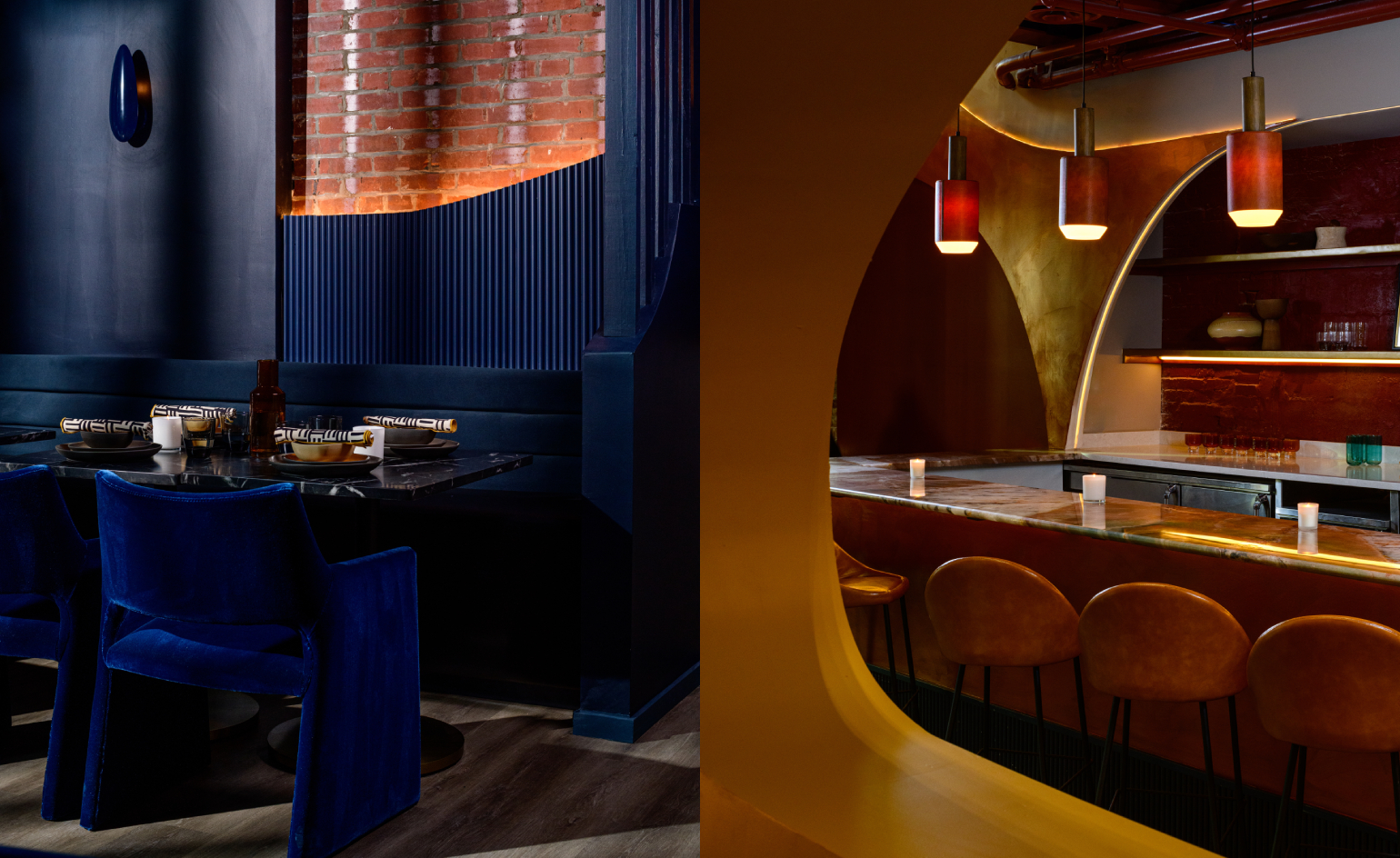 Ghanaian cuisine has a story to tell at Washington, DC restaurant Elmina
Ghanaian cuisine has a story to tell at Washington, DC restaurant ElminaThe new restaurant is chef Eric Adjepong’s colourful ode to the recipes he grew up loving
By Sofia de la Cruz
-
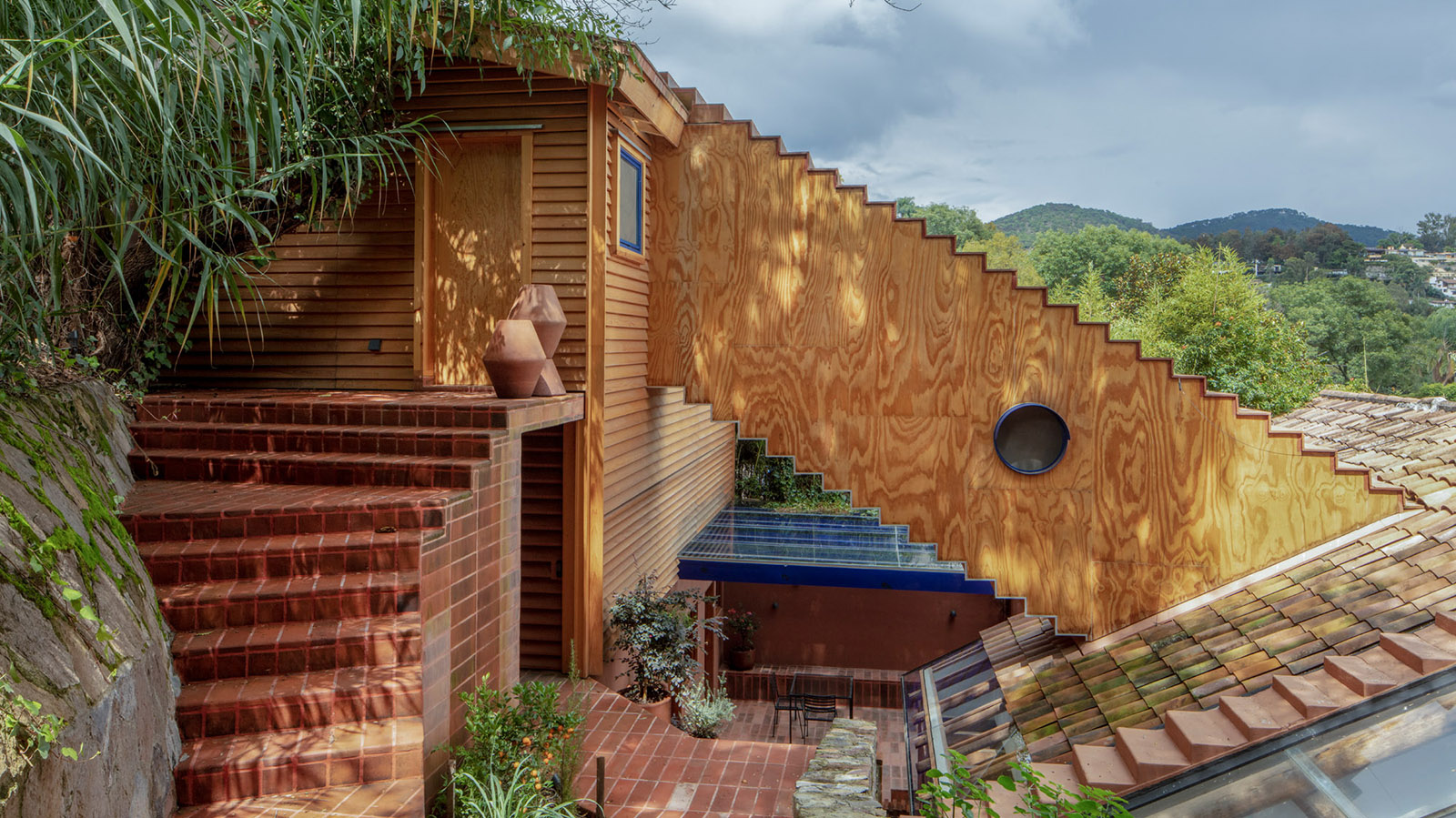 Pedro y Juana's take on architecture: 'We want to level the playing field’
Pedro y Juana's take on architecture: 'We want to level the playing field’Mexico City-based architects Padro y Juana bring their transdisciplinary, participatory approach to the Mexico pavilion at the Venice Architecture Biennale 2025; find out more
By Ellie Stathaki